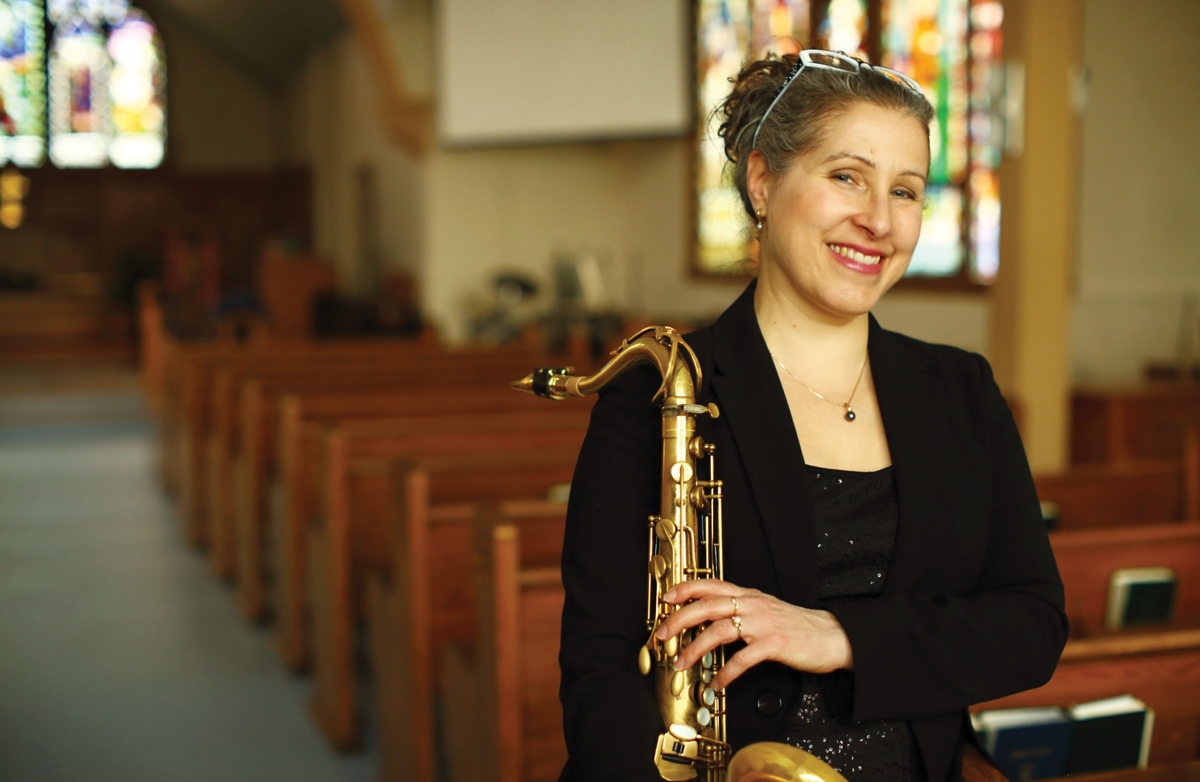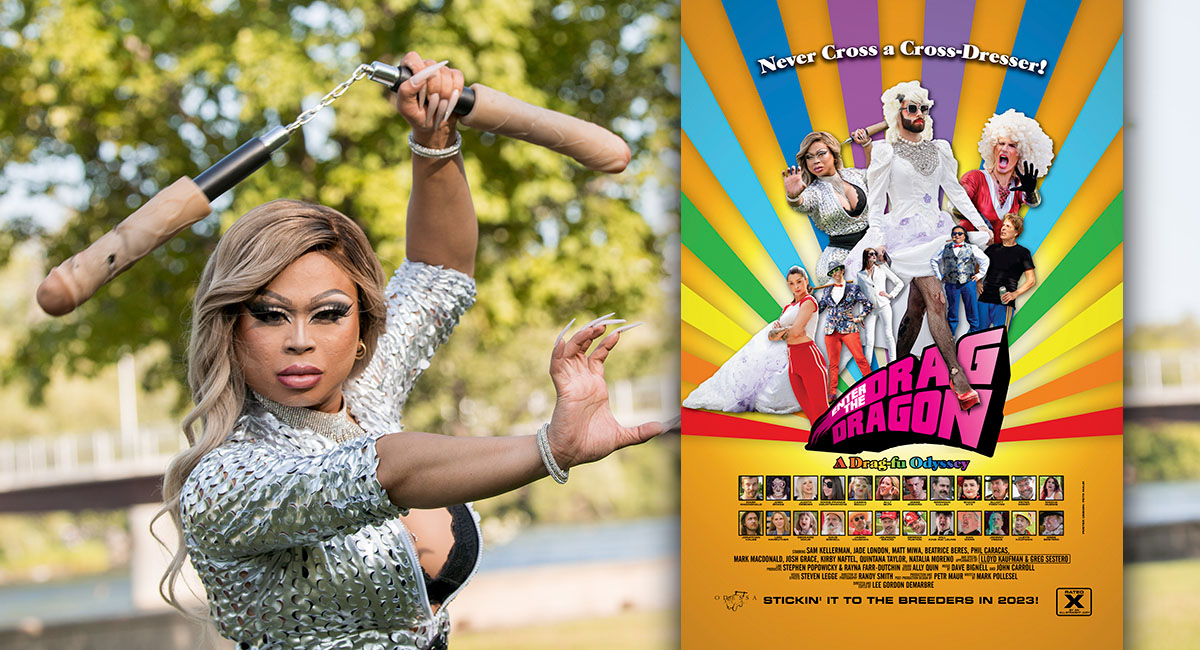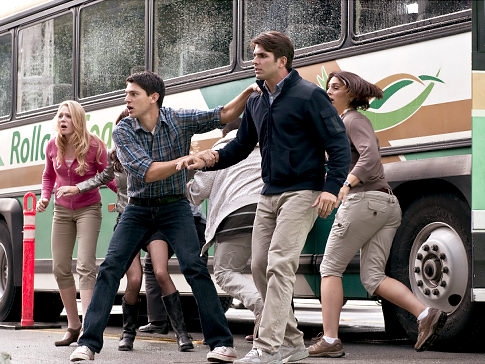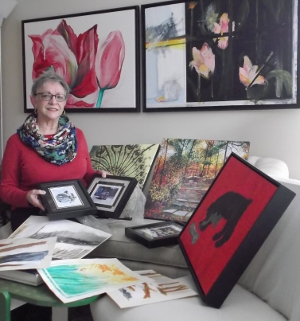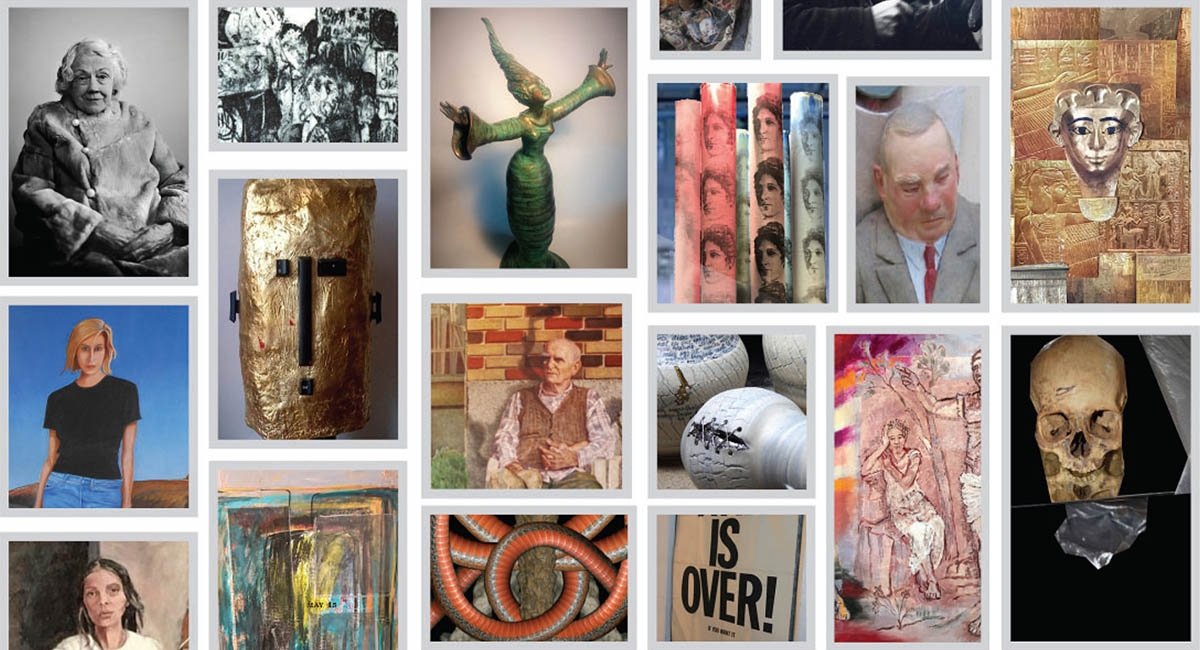
Diefenbunker host a timely exhibit of works by Hungarian-Canadian artists
Hungary has a storied Cold War history. It was one of the first and most notable countries to rise up against Soviet-imposed communism in 1956. It was also the first Eastern European country to open the Iron Curtain in 1989 and allow its citizens to leave. Hungary also led the pack in a wave of peaceful revolutions that opened the former Soviet block to liberal democracy.
During the 1956 Hungarian revolution, over 100,000 Hungarians sought refuge and new lives in Canada. Canada’s largest museum and monument to the fears and anxieties of that period is located in the municipality of Carp, a small village in the west end of Ottawa.
The Diefenbunker, known initially as CFB Carp, was intended to house Canada’s high-ranking government officials in the event of a nuclear exchange with the Soviet Union. It was designed to withstand all but a direct nuclear strike.
Today, the museum is a time capsule of an era in Canadian history when Canada was caught in the great powers’ game that was the Cold War. From the briefing room and emergency cabinet area for the government to the CBC’s emergency broadcast centre and the decontamination showers, food storage areas, and mess hall, the living conditions at the bunker are a stark reminder of how real the threat of destruction was. The displays are thought-provoking and macabre, especially when realizing that a nuclear threat is no longer a thing of the past.
However, the museum is hosting positive contribution to Canadian culture this month. Interpretation Diefenbunker showcases the works of twenty-eight artists of Hungarian ethnicity on display in the bunker’s art area.
The event is curated by the Canadian-Hungarian Arts Collective (CHAC) and reflects on the Cold War in Canada and Hungary through the works of 28 talented artists while also looking at the anxieties of modern times.
Andrea Blanar, the coordinator of CHAC, explained the exhibition by saying: “The Cold War era was a fearful era for immigrants. Our artists had, either personally or via the narratives of their families, experienced persecution, revolution, war, and the dislocation from an ancestral homeland."
For the past 30 years, every day Canadians were free from thinking about the realities of a nuclear war, but as Ukraine is battling an invasion from Russia, NATO, and the Russian Federation square off again on the European continent, history may seem to be repeating itself. This disturbing and thought-provoking reality makes the reflections of Hungarian artists more relevant today.
The perspective of Hungarians whose families fled Soviet aggression and came to Canada is a truly unique experience.
Interpretation Diefenbunker runs until May 28, 2022. Entrance to the exhibition is included with the price of general admission to the Diefenbunker.
For more information on the Canadian-Hungarian Arts Collective, visit chaccanada.org

